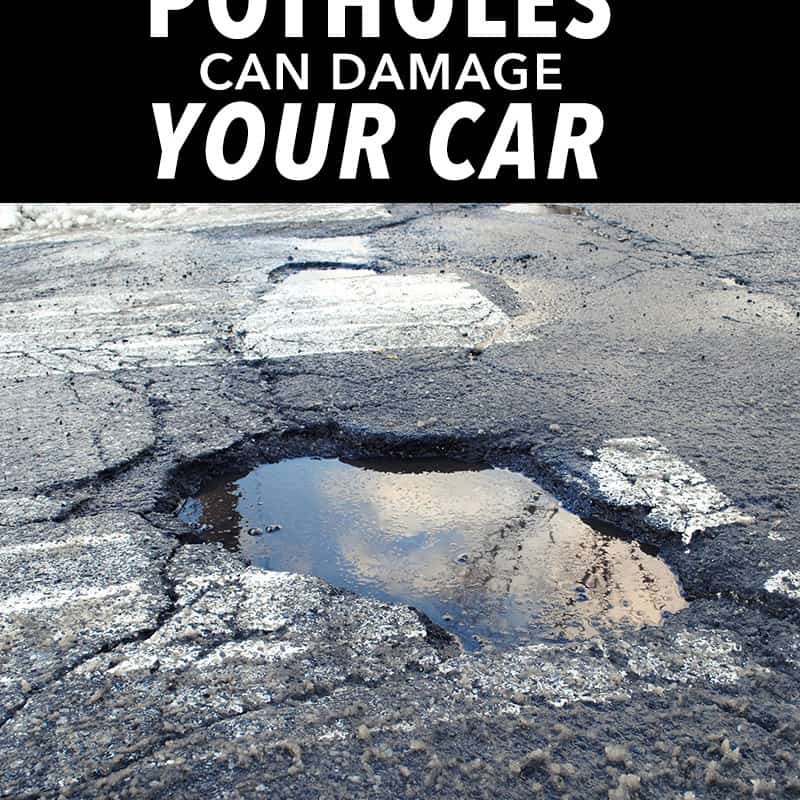A bit of a sore spot for most drivers is the present condition of our roads. This is not just a local problem; it expands to a national issue. Some of the Tulsa streets have pot holes large enough to swallow a VW Beetle! Okay, maybe not that big, but close.
All kidding aside, we’ve seen plenty of tire damage and prematurely warn steering and suspension parts due to driving on the pothole-ridden roads.
With this report, I’ll address the two most commonly damaged steering linkage parts: the outer tie rod ends.

As the image shows, the outer tie rod ends connect the steering mechanism to the wheel spindle. When our wonderful roads take their toll on the outer tie rod ends, our first indication may be a squawking sound when turning corners or going over bumps. Things can go really wrong with extreme wear. Just hitting another pot hole can cause a warn part to actually break. If the tie rod end breaks we lose control of steering and a collision is almost certain.
What can we do to avoid the catastrophe?
Well, we need to pay our taxes so they can fix the roads, right? While the street department workers are hard at work patching old pot holes – new ones seem to appear and I see no end to this issue. One thing that we can do is to have our suspension and steering parts checked at every oil change interval. When is that? Every 5,000 miles or six months, whichever comes first. Some tie rod ends have grease fittings on them and should be lubricated at oil change time. Others have no provision to lubricate and just wear out and must be replaced.
Replacement of any suspension or steering part requires a wheel alignment as well. This will keep our car safe to drive and minimize tire wear.
Don’t forget to have your tires rotated at least once per year. Please drive safely and happy motoring!
More on Automotive Technology:








